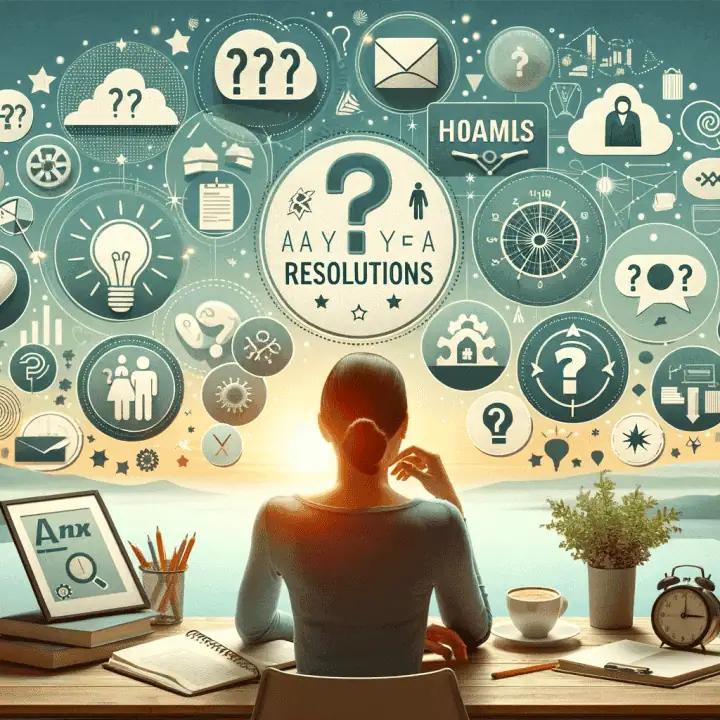Body Language Mind Reading and Models of the World
Chris tells a story of an Italian Australian woman’s experience on a bus. She was born in Australia to Italian parents and grew up to become a native speaker of English with good Italian. When she went to Italy as an adult, her Italian became fluent. She engaged naturally in Italian cultural behaviour and thought in Italian.
On her return to Aus, she picked up her life and carried on as usual, or so she thought. One day, she caught a bus with three other passengers on it, all sitting in different seats. She sat next to one of these people and then realized they were all looking at her, particularly her neighbour. Then she realized she had been thinking in Italian and using Italian cultural bus behaviour. In Italy, people sit next to each other on buses and fill the bus outwards from the first person, in contrast to English speaking cultures where people take unoccupied seats if possible.
In ordinary life, we might assume the other people on the bus were disturbed or annoyed by someone gratuitously sitting beside one of them. With a florid imagination, we could impute intent to commit a crime. It is very common for people to interpret the behaviour of others. However, interpreting does not guarantee accuracy.
How do we make interpretations?
We live inside our own models of the world with little experience of others’ world views. Unless we are exposed to clear demonstrations of different ways of thinking and different possible meanings, our attention is not drawn to the shortcomings of our own interpretations.
People who travel and live in other countries rapidly discover different cultural meanings for a particular behaviour. One of the most spectacular examples is burping at the end of a meal. Western parents go to great lengths to stop children from doing this and eyebrows would be raised if someone did it at a dinner party. But in some Arab cultures, not to burp is to deny thanks and appreciation to the hostess. In Japan, it is seriously rude to blow one’s nose in public, while in the west, we expect people to blow their noses whenever necessary and find it disgusting to be exposed to someone sniffing.
While travellers cannot avoid discovering different cultural meanings for behaviour, it is harder to arrange for people to discover that we do not know the meaning of any demonstrated behaviour, unless we have observed that individual doing the same thing before or we ask their intention for doing it.
There are cultural beliefs that make it difficult for some people to learn not to act on their interpretations. In previous generations, many women were taught that nurturing was their primary function. In practice it meant trying to anticipate their husbands’ and children’s demands before these were articulated and achieving a high degree of success. Not to do so made them bad wives and mothers in the eyes of their peers and critics. Frequent accuracy with interpretation is often called intuition and is highly prized in some circles as an estimable personal quality.
Psychotherapists used to be trained to interpret their clients’ responses and dreams according to the model used in their philosophy. Even now, people labelled with Asperger’s Syndrome are assumed not to notice other people’s expressions of emotion and are taught to label specific states so they can learn appropriate looking responses.
There is still a strong, cultural encouragement to impose our own world view on others, especially if we think of ourselves as intuitive, empathic or therapeutically literate.
When interpretation does not fit, it may be described as “laying a trip” on someone or in NLP as “mind reading”. Worse, when we become the subject of someone’s trip, they often lay another trip when we object to the first one. For example, I like high quality fresh food and I do not like shortbread. When offered a choice of shortbread or oatcakes at someone’s house, I chose oatcakes. I like them. These were fresh and crunchy with delectable oats in them. My hostess told me how she approved of my taking the healthy option and nothing would persuade her it was a sensual preference. The trip continued: First, I was being polite, then modest, but my desire to convey taste and texture was brushed aside.
How is interpretation possible?
Everyone has a model of the world. Everyone makes internal pictures, sounds and sensations that represent schemata or maps of how things are. We each develop our maps by watching, listening and interacting in the world, refining and adding and changing our ideas. When we encounter something new, we give it special attention; we copy and mimic and ask questions until we think we can do it ourselves.
Recently, scientists have discovered we are hard wired to learn this way. Our brains contain mirror neurons that fire in time with others as they take actions, when we are interested, engaged and not talking to ourselves. Psychological experiments have also demonstrated reliably that intermittent reinforcement of any behaviour is more compelling than constant reinforcement for eliciting more of the same. Gambling slot machine owners rely on this and the same pattern of intermittent success reinforces people’s belief in their interpretive intuition.
If our new knowledge works in practice, we fix it in place and start to interpret from it. If our interpretations work some of the time, we receive intermittent reinforcement; so then we interpret more and trust our own interpretations more. In extreme cases, where interpretation is both encouraged by our culture and reinforced in real time, our maps can become so dominant that they override what is in front of us in our senses.
While it is necessary for our functioning to be able to draw on existing knowledge and imagination from our internal maps, it is equally necessary to attend to input through our senses to keep up to date and in touch with our environment. We need to be able to have completely external experience as well as internal and mixed experience and to distinguish between our observations of the world and our opinions about it. This is where we separate interpretation from what is actually going on in front of us.
Ideally, we would all learn to have any or all internal representations running or to attend completely to the outside or to run different combinations of internal and external attention by choice. This is possible and useful. It is also quite usual in people with advanced New Code of NLP training. This would be a big leap to take all at once, but like eating an elephant, we can learn it one bite at a time. The reward is genuine intuition; based on repeated exposure to behaviour patterns, voice patterns and language patterns verified in real time.
The first task is to enable our mind reader to distinguish between verifiable activity in front of them and their own interpretive internal representations about it. We are not trying to deprive them of continuous internal representations; merely to give them an experience of knowing when they are interpreting. We ask them to describe another person in sensory terms. This means telling us what they can see, hear and feel and nothing else. It precludes words like “happy” “interested” “bored” and “comfortable”, which require the listener to interpret. Sensory terms can be followed like a set of instructions, where there is no need to imagine how to do it. Here is an example:
“Susie is sitting on an office chair with her left heel on the floor and her right leg crossed over the left at the ankles. The lace on her left shoe is untied. She is wearing a matched pair of red, egg-shaped earrings and a yellow metal watch. Susie’s focal length is currently about two metres in front of her, and she is breathing from her abdomen about 14 times per minute”. Contrast this with an interpretation: “Susie is bored out of her mind and is wondering how soon the next tea break will be, or should she go to the loo now, just to be able to get up and move”.
When we use the exercise above with questions to mind readers, people begin to differentiate their own interpretation from verifiable sensory input. The questions are variations on “How do you know that” and “What is your evidence to support your statement?” and “is that a criterion you would use”. The intent is to invite the mind reader to find out if they do ‘know that’ or not and to discover the difference. Outside training, questioning mind reading often takes time and patience. Eventually people do become aware of the difference between mind reading and engaging with someone else.
When we can tell the difference between our own interpretations and evidence-based knowledge, we can stop mind-reading instantly. Interpretation still happens, but now we recognize it and do not have to act on it. We can use it to cue our next questions. We can verify or update our information, or make offers: For example, in the oatcake story, if my hostess had been with me often enough to be familiar with our distinction, she might ask if I chose oat cakes on health grounds instead of assuming I did.
This is enough to give us the capacity to discover how different our models of the world are from those of other people, and how different other people’s models are from each other’s.
In the next article in this series, we shall find out how to describe emotions in sensory terms and who creates each of our states. We shall find that we have far more choice than most of our cultures assume and discover how the notion of a meaning-based “body language” is a misleading concept.
Learn more
Check out our 10970NAT Graduate Certificate in Neuro-Linguistic Programming program.
(Note: If you would like to learn more about the New Code of NLP, you can get a copy of our latest Kindle book, ‘AEGIS: Patterns for extending your reach in life, work & leisure’ by Jules Collingwood, NLP Trainer. For only $4.99 here).
Learn more about NLP by reading our Ultimate Compendium of NLP
If you found this article useful, please share it!
Similar Posts
Subscribe Now!
Stay Up-to-Date with Our Latest Courses and Special Offers
Stay in the loop with new course releases and opportunities by completing our form. Never miss out!


